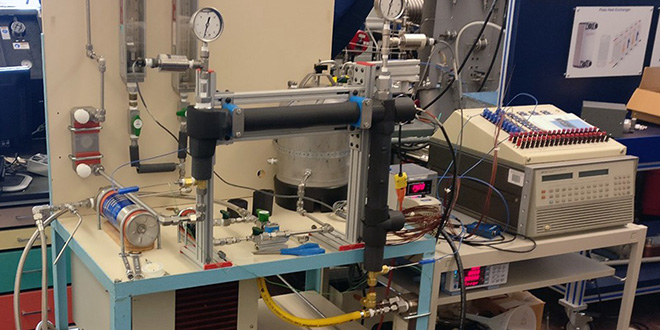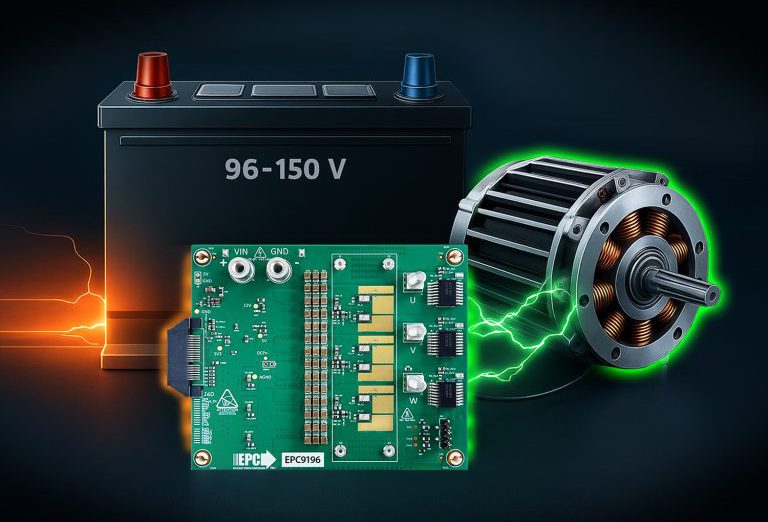Faster EV charging will necessitate a significant increase in the current passing through the charging cable, which causes an increase in heat. Researchers at Purdue University may have developed a way to dissipate that heat.
Their solution employs a liquid-to-vapor phase change. With traditional liquid cooling, the cooling fluid captures the heat and is routed to a remote heat exchanger, where the heat is removed. With Purdue’s liquid-to-vapor phase change method, a coolant—initially in a liquid state—captures the heat by capitalizing mostly on vaporization. This removes more heat while maintaining lower system temperatures.
Better cooling allows higher currents to flow through a smaller-diameter wire. The increased current flow translates to faster charging, and the reduction in wire weight makes the cable easier for customers to handle.
The research team says it has demonstrated the ability to carry currents above 2,400 A, compared with 500 A in competing technologies, which allows consumers to fully charge an EV in less than five minutes.
Source: Purdue University



















































































